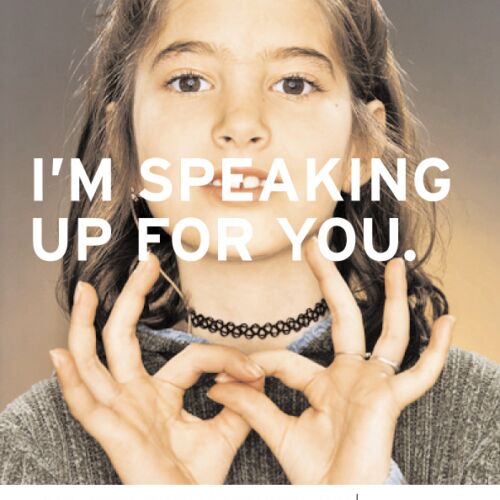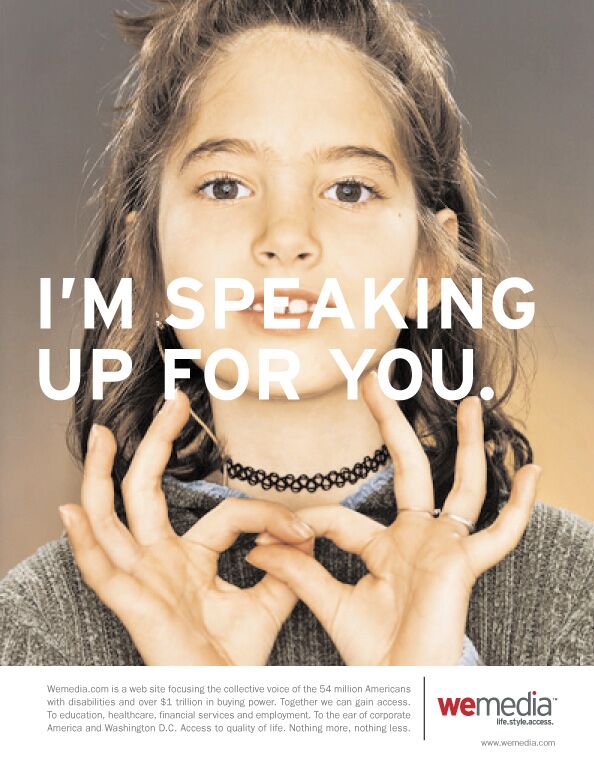
Does advertising have a responsibility to be inclusive?
Have you seen or heard any memorable ads from your favorite brands lately? Chances are, probably not.
Interestingly, a few clients pinged me recently to comment on an ad they saw. The common denominator – the ad featured a person with a disability. Not because of their disability but showing empathy towards it. How novel.
Advertisers cannot afford to miss out on this potential $21 billion market of people with disabilities, their families, and friends. In 2021, ad spending, including people with a disability and disability-related themes, totaled $57 Million.
Still, only 3% went to ads featuring disabled people or including disability themes in the creative. We have seen some progress this past year, and I have a hunch that unless the powers do otherwise, nothing will change in 2023—a perfect opportunity for brands to lead authentically to reinforce a sense of belonging.
Are you Ready! to expand your media footprint in 2023?
This needs to change. Ads need to be more inclusive of the disabled. Not because of their disability but because of who they are as a person. The disability is a small part of them; it does not define the totality of who they are.
To the brands at large, I’d like to encourage you to cast actors with disabilities in your commercials. They, too, have talent, heart, and a fervent commitment to their craft. If you do this with empathy, seeing them for their exceptional talent, you will make a positive contribution, and your commercials will be more memorable. What’s not to like about having your ads become more memorable for its heart?
Apple just launched a new “The Greatest” campaign celebrating the International Day of Persons with Disabilities showing off its latest accessibility features. This is a great start to innovation, but others need to engage with this untapped market to broaden their companies to think ALL ACCESS.
Please know this is not just about putting someone in an ad or creating products and services that are accessible. It is about supporting (through your products and services) a substantial segment of the buying population – 15% of the world’s population happens to be disabled. It will continue to grow as we continue to age as well.
Collectively, we can change and shape society’s attitudes for the better. We can adjust our mindsets and create opportunities to remove the ignorance of ableism we confront daily.

